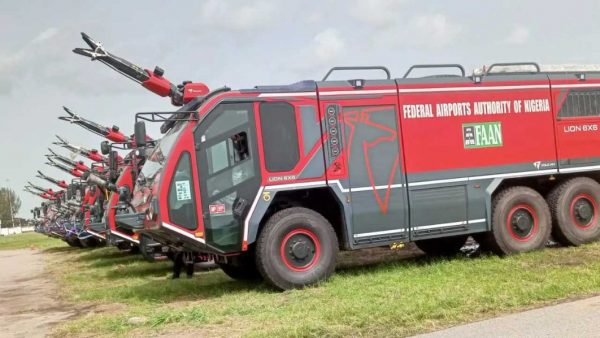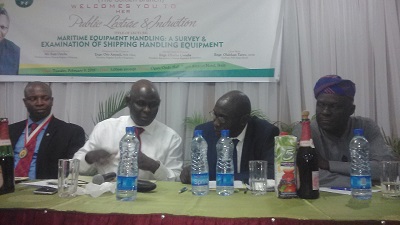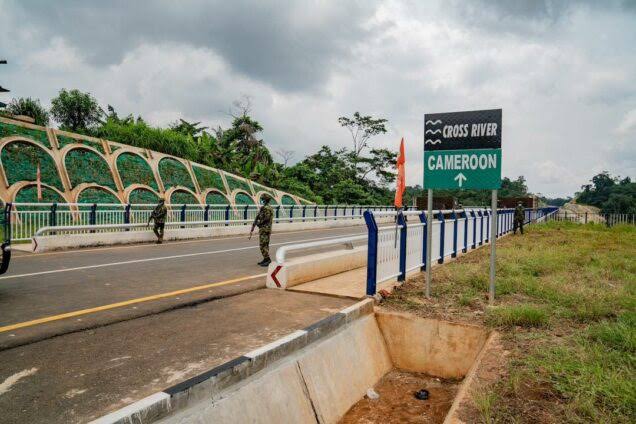Questions over N12 billion airport fire trucks
• Children perish in past plane crashes for lack of such fire facilities – Sirika
The Federal Government’s investment of a whopping N12 billion in 10 airport fire trucks has caused eyes to narrow, with some stakeholders critical of the symbolic purchase.
While the Minister of Aviation, Hadi Sirika, reckoned that no investment is too much for safety-critical infrastructure in local air travel, the unit cost of the purchase will continue to ask questions and demand answers from the authorities.
Last weekend, Sirika and the management of the Federal Airports Authority of Nigeria (FAAN), in Lagos, inaugurated 10 brand new, high-capacity firefighting vehicles to improve the safety of flight operations at the nation’s airports.
The Lion Volkan 6×6 Brand of aerodrome rescue and fire fighting vehicles, carries 14,000 litres of water, 1,700 litres of foam, 250kg powder capacity each, and monitors the discharge rate of between 6,000 litres to 10,000 litres per minute.
The negotiation and purchase order dated back to 2022, during which the first two of the 10 trucks arrived Lagos. The balance of eight arrived recently. According to the official estimate, the landing cost of each vehicle is N1.2 billion or $2.6 million (at N460/$1 current exchange rate).
Findings, however, suggest that such fire trucks are some of the most expensive in the world. Marketers hinted that there are sophisticated trucks that range between half a million dollars and almost $2 million. However, “the final cost all depends on the negotiation and options that the buy wants.”
A notable assembling plant in the country, Innoson Motors, quoted a similar range of capacity fire trucks for about N200 million.
Aviation consultant, Sunday Olumegbon, said the investment is a positive development for Nigerian aviation, though raised questions on the choice of Lion Volkan 6×6 brand.
“We are talking of one of the most sophisticated fire engines in the world. I don’t know how much it costs but I doubt we need such sophisticated trucks that cost so much at the airport. What is the maintenance plan and who are those that will use them? There are far cheaper options that will give the same efficient services and are a lot easier to maintain,” Olumegbon said.
Secretary General of the Aviation Safety Round Table Initiative (ASTRI), Group Capt. John Ojikutu (rtd), queried the timing of the investment.
“Why are we buying those trucks now? Why not many years ago? Many died in the Sosoliso crash because of a lack of water in the reservoirs, and the hydrants. It means these have not been corrected across our airports if we are just buying fire trucks now.
“I didn’t doubt that the fire trucks are necessary, but do we have adequate skilled manpower to operate them? Have we repaired the airports’ hydrants through which they can get water for operations, knowing that 14,000 litres of water can only last for two minutes? The hydrants, like the runways, have not got periodic maintenance in the last 20 years,” Ojikutu said.
Sirika earlier said the trucks were additional evidence of President Muhammadu Buhari’s commitment to the transformation of the sector, for a safe, secure, and efficient industry. He said while all airports nationwide had been touched in the last eight years, the fire personnel had also been trained to use the equipment effectively.
For over 15 years, Sirika said, no single fire vehicle had been purchased to fight fire in the event of an occurrence, and “the reason scores of children died in the Sosoliso plane crash of 2005”. He noted that what was obtained in the past were engineers cannibalising one or two fire trucks to fix another – majority of which were obsolete and outdated.
“We all remember our children that left Abuja for Port Harcourt in the Sosoliso crash. We couldn’t save those children because we didn’t have adequate fire cover to save those lives, and parents were seeing their children burning alive,” Sirika said.
The minister assured that a fire truck rehabilitation, overhaul, and maintenance centre is to be established, and would begin to assemble in Nigeria for use in the country, and for the market for West and Central Africa. He said the contract had been awarded, and the project would be operational in six months.








